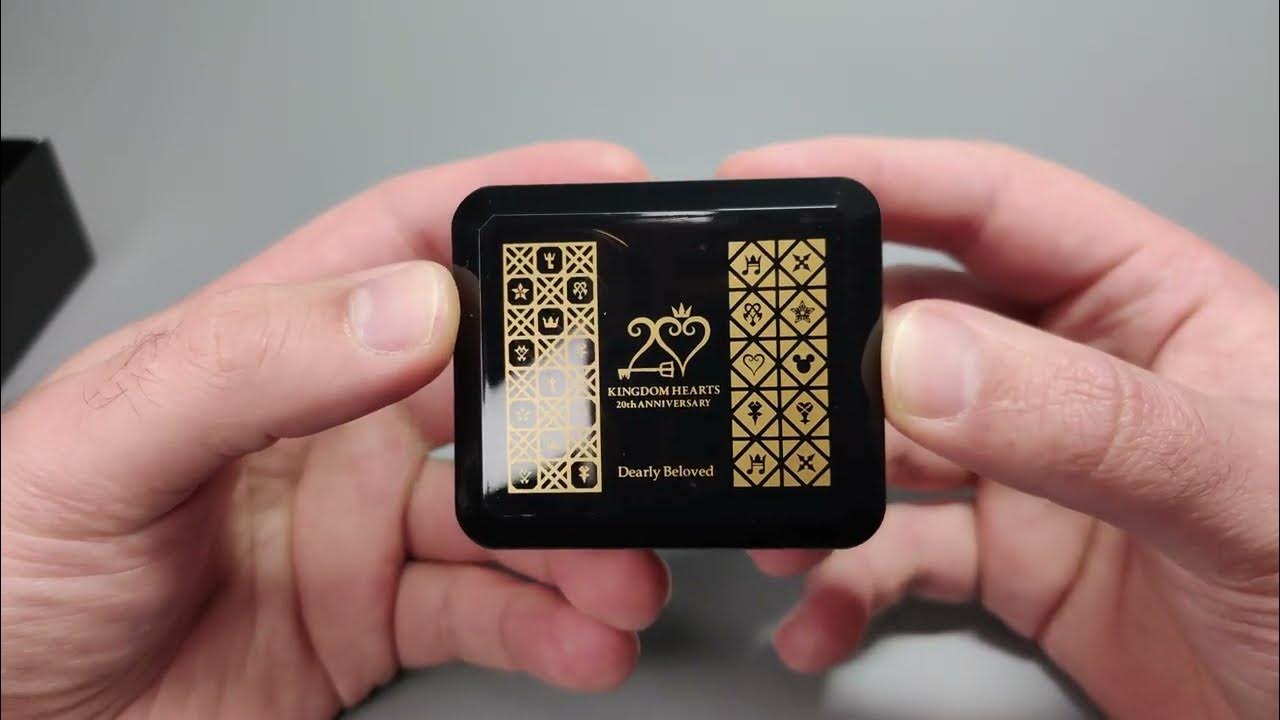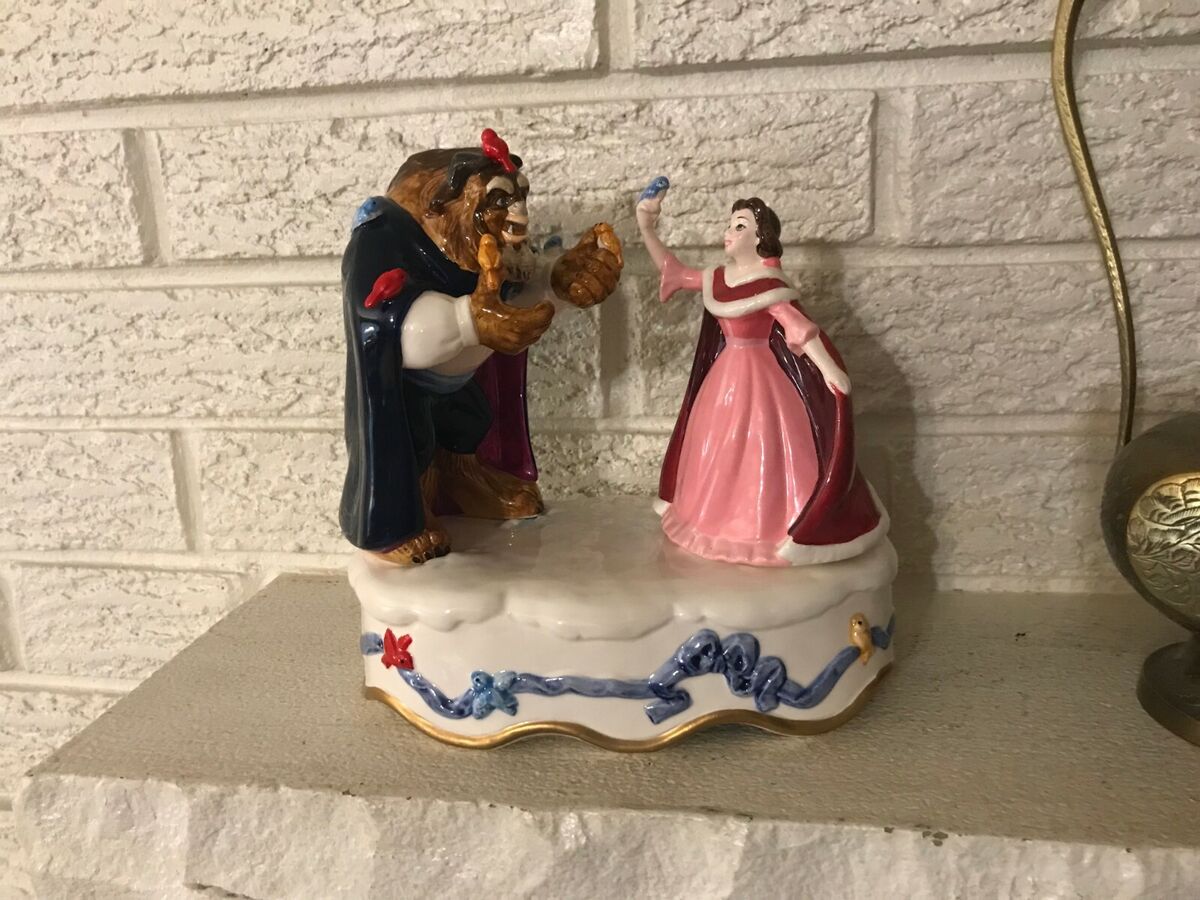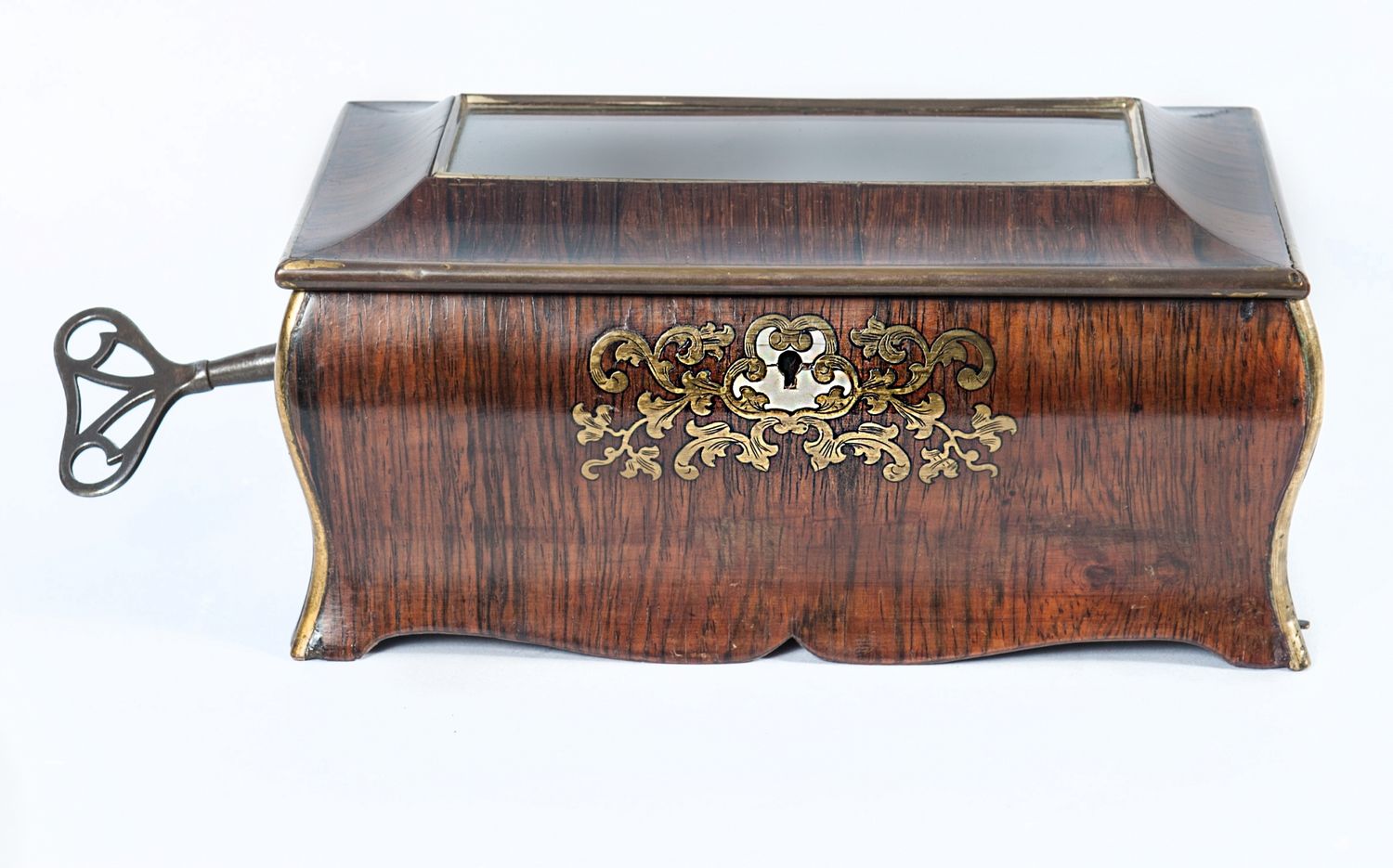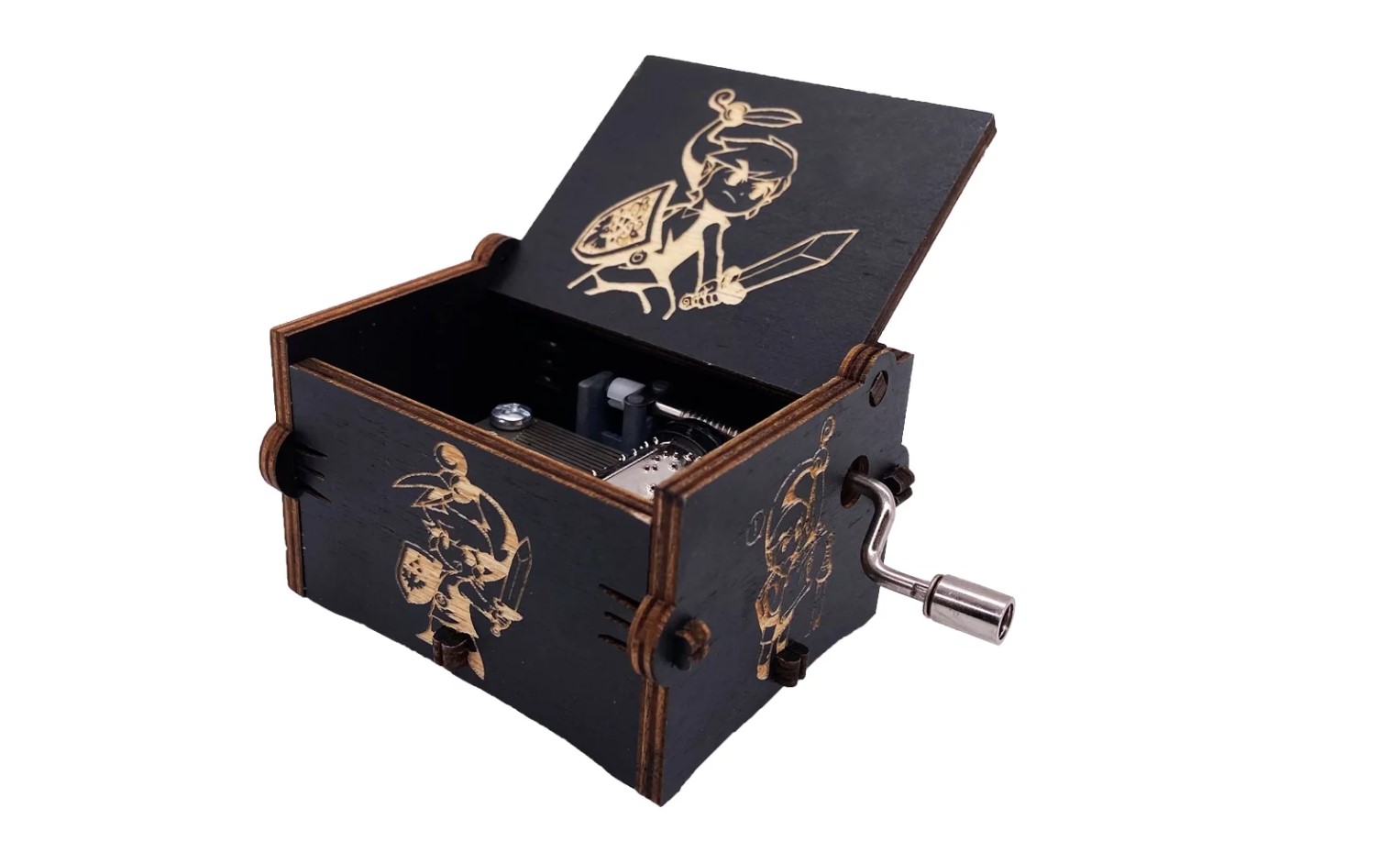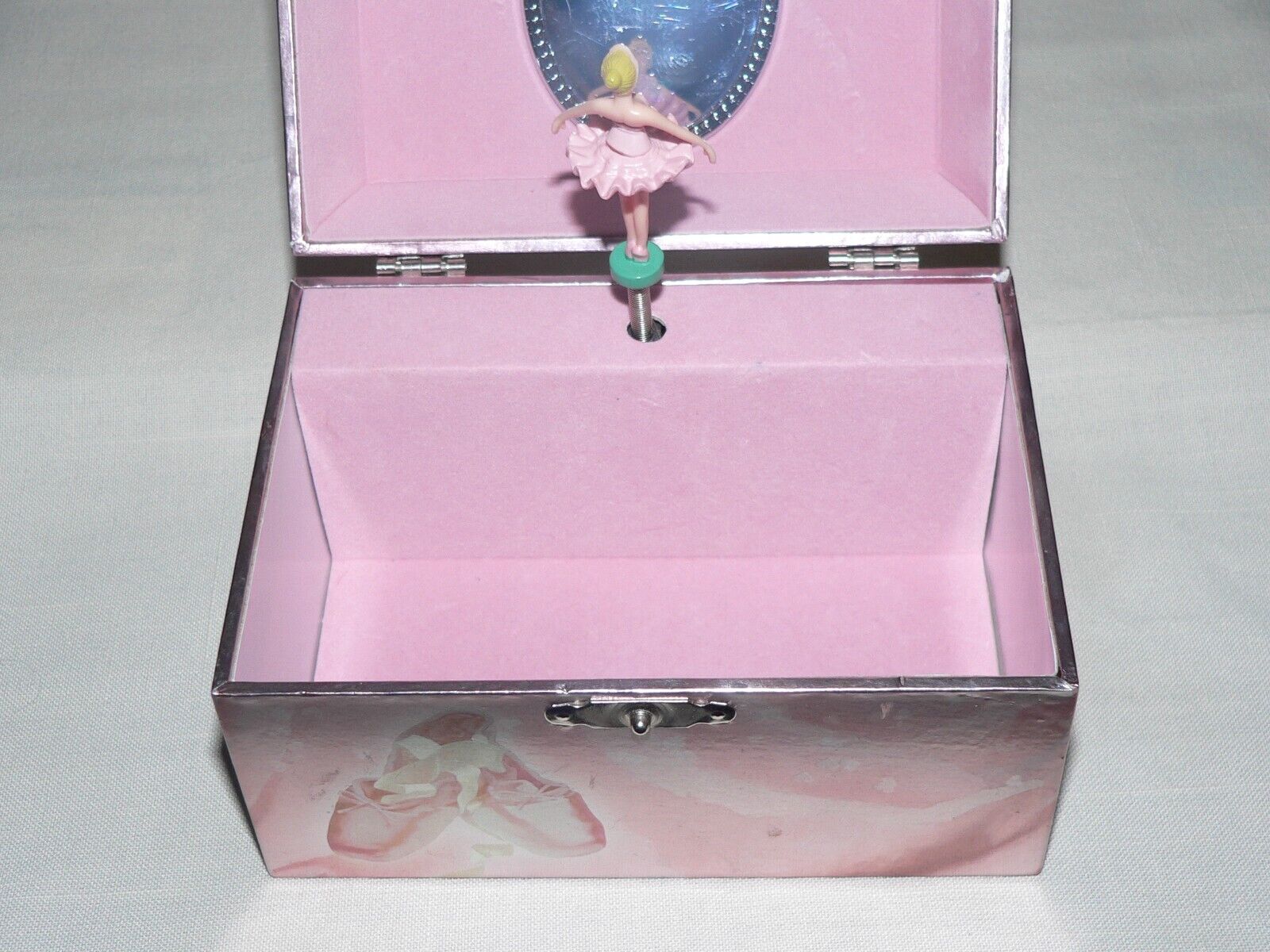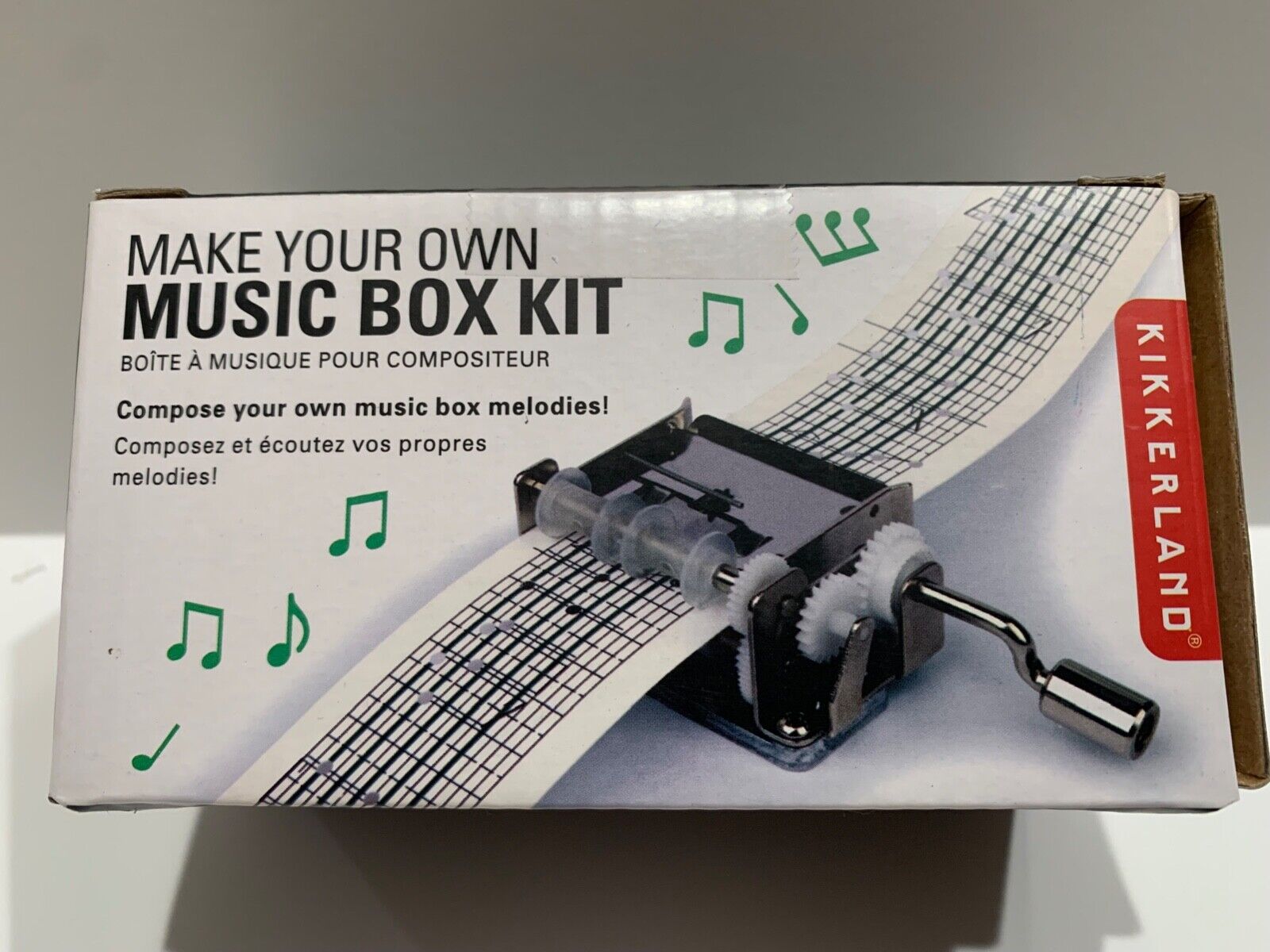Home>Devices & Equipment>Music Box>How Can I Add A Song To A Music Box
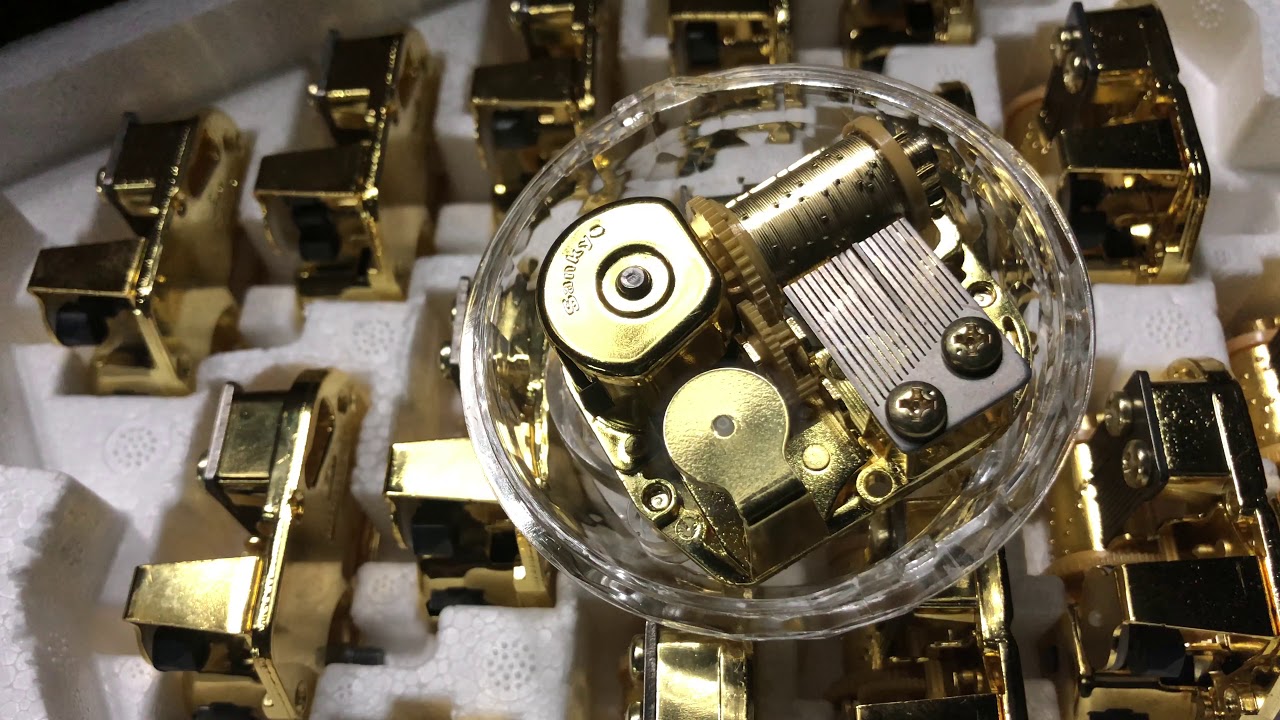

Music Box
How Can I Add A Song To A Music Box
Modified: February 22, 2024
Learn how to easily add a song to your music box and enjoy delightful melodies. Discover the simple steps to enhance your music box experience with our helpful guide.
(Many of the links in this article redirect to a specific reviewed product. Your purchase of these products through affiliate links helps to generate commission for AudioLover.com, at no extra cost. Learn more)
Table of Contents
Introduction
A music box is a magical instrument that brings joy and nostalgia with its delicate melodies. The enchanting sound created by a music box can transport you to another time and place, evoking a sense of tranquility and wonder. Adding a song to a music box is a creative and rewarding process that allows you to personalize your music box and create a unique musical experience.
In this article, we will explore the steps involved in adding a song to a music box. From understanding how a music box works to choosing the perfect song and preparing it for the box, we will guide you through the entire process. Whether you are a music box enthusiast or a curious beginner, this article will equip you with the knowledge and skills needed to add a song to your music box.
Before we dive into the details, it’s important to note that adding a song to a music box requires some patience and dexterity. Each music box has its own unique mechanism and specifications, so it’s essential to familiarize yourself with your specific model. Additionally, some basic knowledge of music theory can be helpful when selecting and adapting a song for your music box.
Now, let’s embark on this musical journey and discover the art of adding a song to a music box!
Understanding how a music box works
Before you can add a song to a music box, it’s essential to understand the basic mechanics behind how it produces sound. A music box consists of several integral components that work together to create its melodious tunes.
The primary mechanism of a music box is a metal cylinder or disc with strategically placed pins or bumps. When the cylinder or disc rotates, the pins interact with a comb-like structure made of tuned metal teeth. As the pins strike the teeth, they produce musical notes.
The number of teeth on the comb determines the range of notes that the music box can produce. The teeth are tuned to specific pitches, allowing for a harmonious sequence of sounds. The length of the pins or bumps on the cylinder or disc corresponds to the duration of each note.
In more sophisticated music boxes, there may be additional components such as valves or dampers that control the flow of air through the comb, producing a softer or louder sound. Some music boxes may also feature a mechanism to change the speed at which the cylinder or disc rotates, altering the tempo of the music.
It’s important to note that not all music boxes operate in the same way. Different styles and models may have variations in their mechanisms and features. Some music boxes may use a rotating drum instead of a cylinder or disc, while others may employ a different method entirely.
By understanding the inner workings of your music box, you can better appreciate the intricacies involved in adding a song. This knowledge will also be invaluable when it comes to selecting and preparing a song that is compatible with your music box’s mechanism.
Now that we have a basic understanding of how a music box works, let’s move on to the next step: choosing the right song for your music box.
Choosing the right song for your music box
The song you choose for your music box sets the mood and creates a unique musical experience. It’s important to consider several factors when selecting the perfect song that will resonate with you and bring joy every time you hear it.
Firstly, consider the size and capabilities of your music box. Different music boxes have different limitations in terms of the number of notes they can play and their range. Some music boxes can play elaborate melodies, while others may have a more limited capacity.
Next, think about the genre or style of music that you prefer. Music boxes can play a range of melodies, including classical, folk, pop, and lullabies. Choose a song that aligns with your musical taste and evokes the emotions you want to experience when listening to your music box.
Consider the tempo and complexity of the song as well. Some music boxes may struggle to play fast-paced or intricate melodies, while others can handle them with ease. Keeping in mind the capabilities of your music box, select a song that can be adapted to suit its mechanism.
It can also be meaningful to choose a song that holds a personal connection or significance to you. Perhaps it’s a tune from your favorite childhood movie or a song associated with a cherished memory. Adding this sentimental touch to your music box will make it even more special.
If you’re unsure about which song to choose, there are websites and resources available that provide a wide selection of music box melodies. You can browse through these collections and listen to samples to help you make an informed decision.
Once you have identified the song you want to add to your music box, it’s time to gather the necessary materials to make it happen. In the next section, we’ll explore the materials and tools you’ll need for this musical project.
Gathering the necessary materials
Before you can begin the process of adding a song to your music box, it’s important to gather all the materials and tools you’ll need. Having everything prepared beforehand will help make the process smoother and more enjoyable.
The specific materials you’ll need may vary depending on your music box and the song you’ve chosen, but here are some general items to consider:
- Song sheet or MIDI file: This will serve as the reference for the notes and timing of the song you want to add. You can either find sheet music or a MIDI file online, or you can transcribe the notes yourself if you have music notation skills.
- Paper and pencil: These will be handy for mapping out the notes and timing adjustments as you prepare the song for the music box.
- Small pliers or tweezers: These tools will help you manipulate and adjust the pins on the music box cylinder or disc.
- Finishing materials: Depending on the condition of your music box, you may need materials like sandpaper, oil, or varnish to clean and restore its appearance.
In addition to these materials, it’s essential to have a clean and well-lit workspace where you can comfortably work on your music box. A steady hand and patience are also key as you manipulate the pins or adjust the mechanism of the music box.
Before proceeding, it’s always a good idea to read the instruction manual or seek guidance from experienced music box enthusiasts who can provide insights and tips specific to your model.
Now that you have gathered all the necessary materials, it’s time to prepare the song for the music box. In the next section, we’ll delve into the steps involved in getting the song ready to be inserted into the music box mechanism.
Preparing the song for the music box
Once you have chosen the perfect song for your music box and gathered the necessary materials, it’s time to prepare the song for the music box mechanism. This step involves translating the sheet music or MIDI file into a format that can be easily replicated by the pins or bumps on the cylinder or disc of the music box.
Begin by studying the sheet music or listening to the MIDI file carefully. Take note of the melody, rhythm, and timing of the song. It’s important to break the song down into individual notes and determine which ones can be accurately reproduced by the pins or bumps on your music box’s cylinder or disc.
Using a pencil and paper, create a mapping of the notes on the cylinder or disc. Identify the corresponding positions for each note, keeping in mind the range and capabilities of your music box. You may need to make adjustments to the original sheet music or MIDI file to ensure that it fits within the constraints of your music box.
Next, use small pliers or tweezers to carefully adjust the pins or bumps on the cylinder or disc. As you do this, refer to your mapping and take your time to ensure the correct placement of each note. It’s a delicate process, so be patient and make small adjustments as needed.
Once you have mapped out and adjusted the notes, test the music box to ensure that it is playing the desired melody. Listen for any inaccuracies or skipped notes, and make further adjustments as necessary. It may take some trial and error to achieve the desired outcome, so don’t be discouraged if it doesn’t sound perfect right away.
In addition to the melody, you may also want to consider adding embellishments or variations to enhance the musicality of the song. This could include adding additional notes, trills, or even subtle tempo changes. Experiment with these elements while keeping the limitations of your music box in mind.
As you prepare the song for your music box, take breaks when needed and maintain a steady hand. This process requires precision and attention to detail, so it’s important to work in a calm and focused manner.
Once you are satisfied with the preparation of the song, it’s time to insert it into the music box mechanism. In the next section, we will explore the steps involved in this crucial stage of the process.
Inserting the song into the music box
After preparing the song for your music box, the next step is to insert it into the mechanism. This involves carefully placing the cylinder or disc with the pinned notes into the music box and ensuring that it is securely in position.
Begin by locating the access point to the cylinder or disc in your music box. This can typically be found on the underside or back of the box. Consult the instruction manual or refer to online resources specific to your music box model for guidance if needed.
Once you have accessed the cylinder or disc, position it in the designated space, making sure that the pinned side is facing the comb-like structure with the metal teeth. Carefully align the cylinder or disc so that the pins align with the corresponding teeth on the comb.
Gently press down on the cylinder or disc to ensure that it is firmly in place. Take care not to apply excessive force that could damage the mechanism. The pins should be in contact with the teeth, but there should still be minimal clearance for smooth rotation.
After inserting the song, give the cylinder or disc a gentle spin to test the movement and sound of the music box. Listen for the clarity and accuracy of the notes, and observe if any adjustments are needed.
If you encounter any issues such as skipped or muffled notes, carefully remove the cylinder or disc and inspect the alignment of the pins. Make any necessary tweaks or corrections, ensuring that the pins are properly positioned on the teeth of the comb. Reinsert the cylinder or disc and test again until the desired result is achieved.
It’s important to note that different music boxes may have variations in their insertion mechanisms. Some may have removable cylinders or discs, while others may require specific tools or techniques to secure the song in place. Take your time, follow the manufacturer’s guidelines, and seek assistance from experts or online communities if needed.
With the song successfully inserted into the music box, it’s time for the final step: testing and adjusting the music box to optimize its performance. We will explore this crucial stage in the next section.
Testing and adjusting the music box
After inserting the song into your music box, it’s important to thoroughly test and make any necessary adjustments to ensure optimal performance. This step allows you to fine-tune the music box, ensuring that it plays the song accurately and with the desired quality.
To begin, carefully wind up the music box according to the manufacturer’s instructions. This will provide the necessary power to drive the mechanism and play the song. Take note of the winding duration to ensure that the song plays uninterrupted for the desired length of time.
Once the music box is wound up, patiently listen to the song as it plays. Pay attention to the melody, rhythm, and overall sound quality. Check for any discrepancies, such as skipped notes, uneven volume, or distorted sounds.
If you encounter any issues, carefully open the music box and inspect the pins, comb, and other components. Look for any obstructions or misalignments that may be causing the problem. Gently adjust or clean the parts as needed, ensuring that they are functioning properly.
It may also be necessary to adjust the speed or tempo of the music box if the song is playing too fast or too slow. Consult the instruction manual or seek guidance from experts to make the appropriate adjustments to the mechanism.
During the testing and adjustment process, it’s helpful to have a tool like a small screwdriver or tweezers on hand to fine-tune the pins or make minor modifications to the mechanism. Proceed with caution and make small adjustments at a time, testing the impact on the song’s performance.
Remember to take breaks during this process to avoid frustration or fatigue. Adjusting a music box can be a delicate and time-consuming endeavor, but the end result is worth it.
Continue the testing and adjustment process until you are satisfied with the performance of the music box. Take the time to properly document any changes you make and their effects on the song’s playback.
Once you are content with the song’s playback, securely close the music box and enjoy the beautiful melodies that it produces. Take pleasure in knowing that you have successfully added a song to your music box, creating a personalized musical treasure.
Before we conclude, let’s summarize the key steps we have covered in this article and reflect on the journey of adding a song to a music box.
Conclusion
Adding a song to a music box is a delightful and fulfilling process that allows you to create a customized musical experience. Throughout this article, we have explored the various steps involved in this endeavor, from understanding how a music box works to choosing the perfect song, gathering the necessary materials, preparing the song, and finally inserting it into the music box mechanism.
By immersing ourselves in the intricacies of a music box, we gained a deeper appreciation for its mechanisms and learned how to adapt a song to suit its capabilities. We discovered the importance of selecting the right song, considering factors such as genre, tempo, and personal significance. And through the gathering of materials and the preparation of the song, we witnessed the transformation of a simple melody into a format compatible with the music box mechanism.
The insertion of the song into the music box marked a pivotal moment, as we witnessed the culmination of our efforts. We delicately positioned the cylinder or disc, aligned the pins with the teeth of the comb, and ensured a smooth and accurate playback. With patience and perseverance, we tested and adjusted the music box to optimize its performance, making any necessary tweaks to create a harmonious and enchanting melody.
Adding a song to a music box requires a keen eye, a steady hand, and a genuine passion for the craft. It is a labor of love that rewards us with a personalized musical treasure, capable of evoking emotions and transporting us to another time and place. It serves as a reminder of the beauty and artistry inherent in a music box and the transformative power of music.
As you enjoy the melodies emanating from your newly adorned music box, take a moment to reflect on the journey you embarked upon. Embrace the joy and nostalgia that the music box brings, and appreciate the unique musical experience you have created.
So, let the music box enchant you with its delicate tunes, and let your imagination soar as you listen to the heartfelt melodies of the song you added. Cherish this special memento and treasure the memories it invokes, for your music box is now a vessel of enchantment and a testament to your creativity and craftsmanship.


